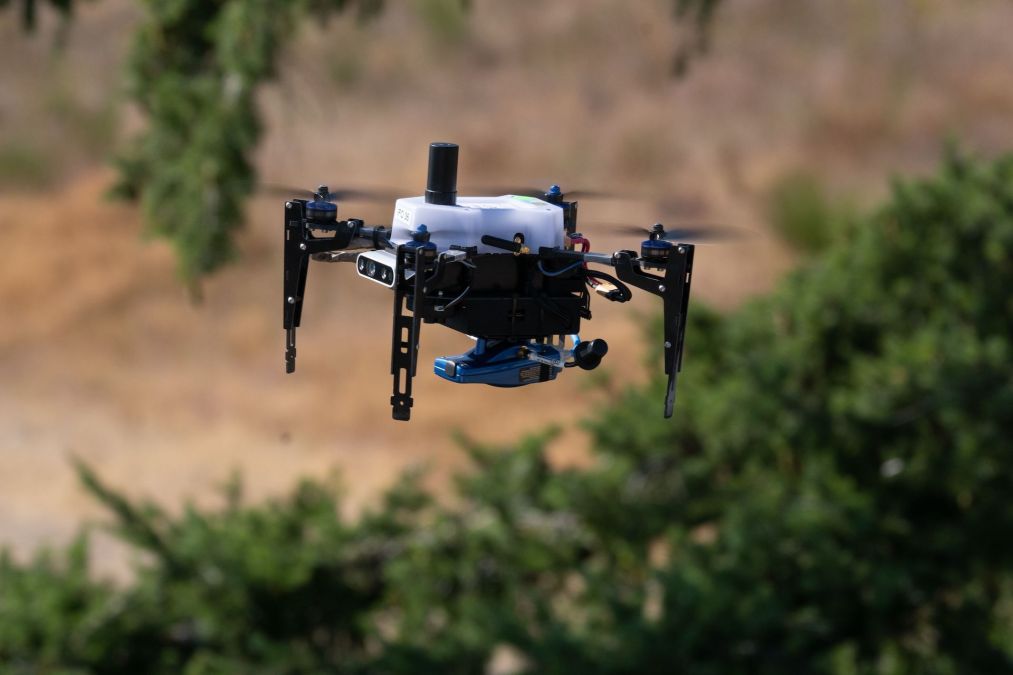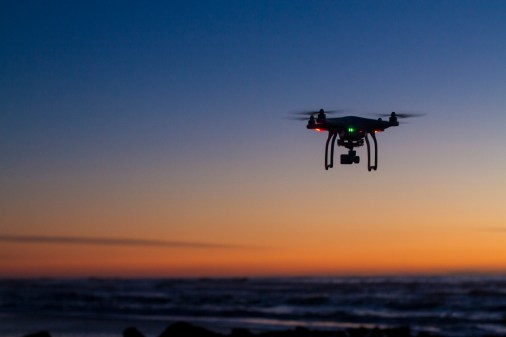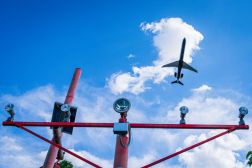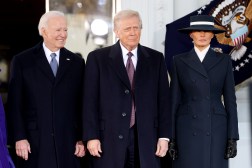As unauthorized drones proliferate, the Trump admin wants to track them

A new executive order from President Donald Trump aims to boost drone manufacturing in the United States, an effort the administration hopes will spur productivity and technological development and secure the country’s industrial base.
Meanwhile, a second executive order aims to combat the risk that, as drone usage proliferates, the technology could also be used to threaten public safety and endanger critical infrastructure.
The “Unleashing American Drone Dominance” and “Restoring American Airspace Sovereignty” executive orders, both signed Friday, come amid growing concerns about the operation of the National Airspace System, the airspace the Federal Aviation Administration monitors for commercial flights, space launches, and other aerial activity.
Drones, sometimes called unmanned aerial systems, are also used to smuggle drugs and assist in criminal activity. Unauthorized UASs have increasingly shown up near some nuclear facilities, military bases, and commercial airports, raising concerns, too.
The new executive order on airspace sovereignty aims to combat the problem, broadly charging federal agencies to detect drone activity, which will require the use of tracking and identification technology. The government is also supposed to establish a Federal Task Force to Restore American Airspace Sovereignty, as well as move forward with a plan to create a National Training Center for Counter-Unmanned Aircraft Systems.
Other counter-drone responsibilities are assigned to specific agencies. The attorney general and the heads of the Federal Communications Commission and the Department of Homeland Security are called on together to update existing guidance on government purchase and use of drone-tracking technology. Meanwhile, the attorney general and DHS secretary are asked to “explore integrating counter-UAS operational responses as part of Joint Terrorism Task Forces for the purpose of protecting mass gathering events.”
Under the order, the FAA is instructed to share “personal identifying information associated with UAS remote identification signals“ with law enforcement agencies, as well as agencies focused on national security. The aviation agency must also engage in a rulemaking process focused on establishing a process for restricting drone flights at certain facilities, as well as adapt the Notice to Airmen, or NOTAM, system to enable drone geofencing.
DHS is also supposed to publish guidance encouraging private operators to boost their drone-tracking capabilities, while DHS and the attorney general are supposed to work together to help local and state governments use grants to buy drone-tracking technology.
In response to the order, the FAA said it would determine how best to implement the president’s goals.
DHS did not respond to a request for comment by publication time and the DOJ declined to provide a statement.






